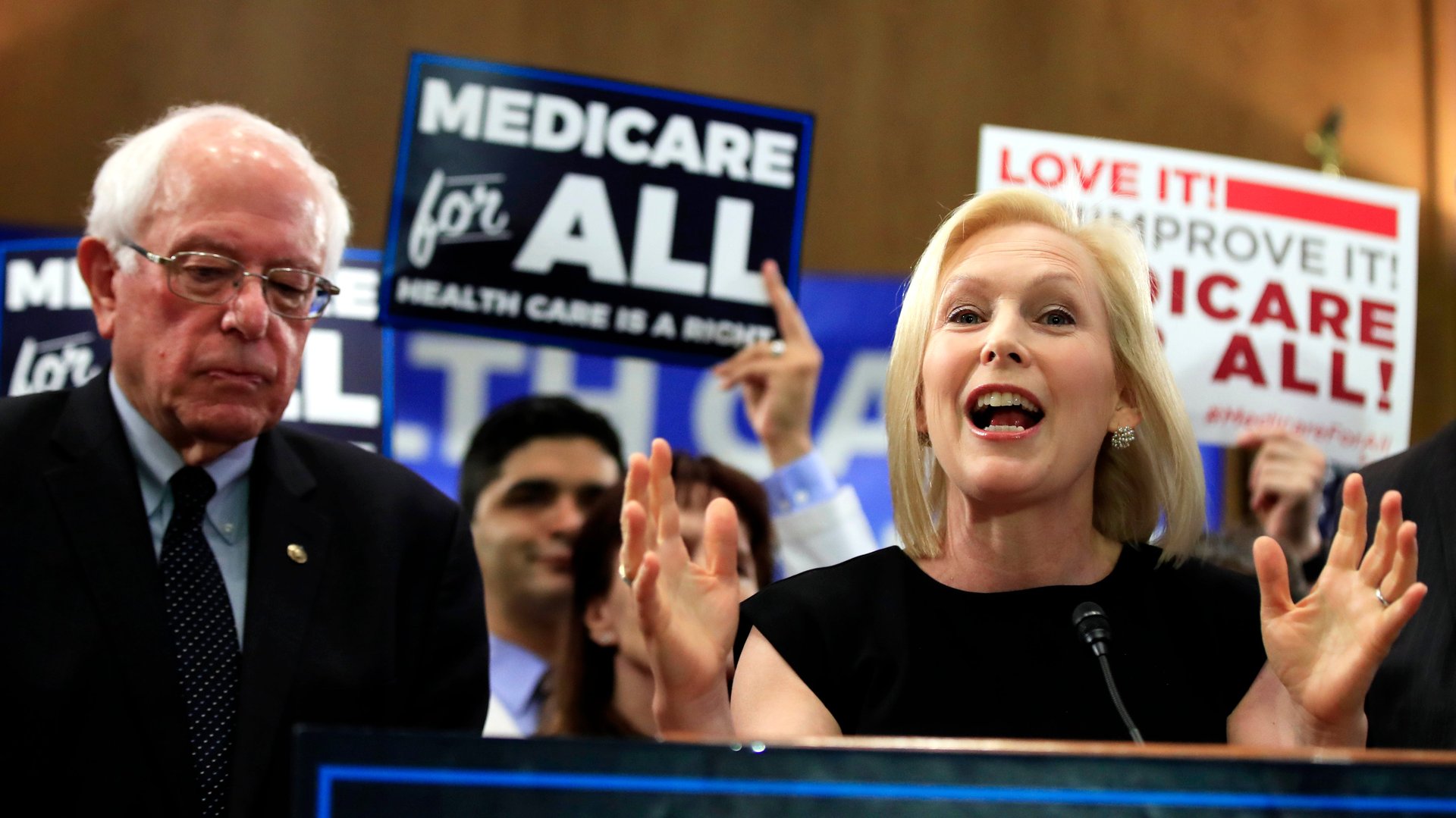Most American workers would have more money with socialized health care
Forget what Medicare for All will cost the government. What could it cost you?


Forget what Medicare for All will cost the government. What could it cost you?
Many Democratic candidates for the White House are promoting some form of single-payer universal health care under the rubric of expanding Medicare, the US health insurance program for seniors. There’s a range of options within that realm, but Republican critics of public health care programs say that all are just too expensive.
Currently, the US spends about $3.3 trillion, or one-sixth of its annual economic production, on health care. That’s split between the government, private insurers, individuals, and often their employers. Some forecasters say a switch to public insurance could lead to modest increases in spending, while others say it could create savings. Bringing that spending under control of a single entity could lead to savings and efficiency, but it could also lead to more spending, for example if people who previously received less health care sought more. (You could call that a feature, and not a bug.)
Practically, however, throwing around national level trillion-dollar spending estimates is somewhat beside the point when it comes to winning over the public to one side or the other. The Affordable Care Act did not win plaudits for reducing the deficit or slowing the growth of health care costs, but received plenty of heat for failing to halt the rise of individual’s insurance premiums.
A useful perspective comes from Matt Bruenig, who founded the People’s Policy Project, a think tank focused on socialist policy ideas. One health care reality is that many advanced economies have socialized health care systems that deliver better outcomes and lower costs than in the US, with individuals “paying” for their health care through their taxes. To understand what that means for an individual’s finances, it’s useful to compare how American households currently pay for their healthcare and how they pay their taxes.
Bruenig examines this question by combining OECD measures of the share of workers’ wages paid to the government as tax with US government data on private health insurance premiums, since 67% percent of Americans get their health care from private insurers. This method relies on averaged costs, and so is only a rough sketch, but it shows that almost all working Americans (from low-income workers to higher-earning professionals) spend about 40% of their income on the two items combined.
There’s one fairly obvious conclusion to be drawn here: Health care costs eliminate the progressive design of the US tax system—the idea that low-income people should pay a lower share of that income as taxes than the wealthy.
Using OECD data, we can also make a rough comparison between the share of wages Americans spend on tax and health care, and that spent by those living in countries with universal public health care:
It’s worth noting that the UK, France, Finland, and Canada all have different health care systems, and their tax burden is affected by non-health policies as well. Still, in these countries, average wage-earners keep more of their income, and higher earners pay slightly more in taxes and health spending than their US counterparts.